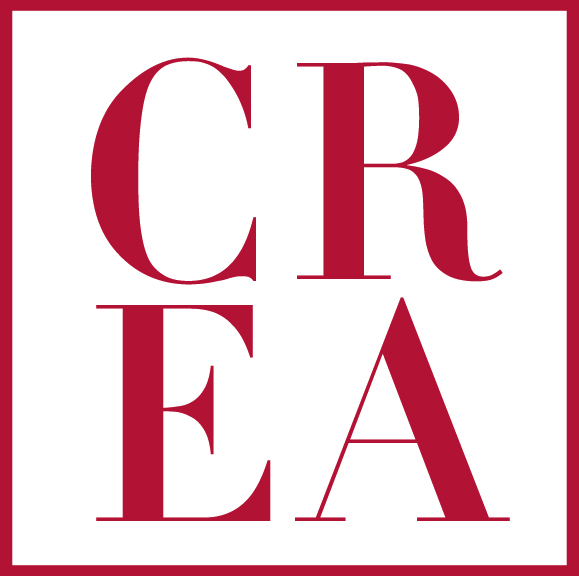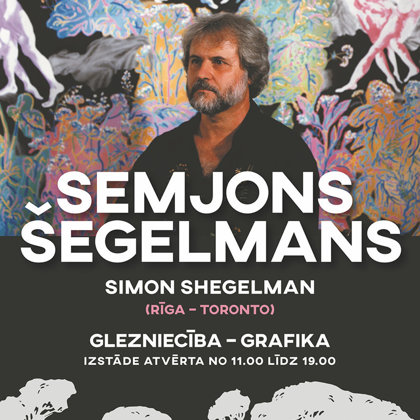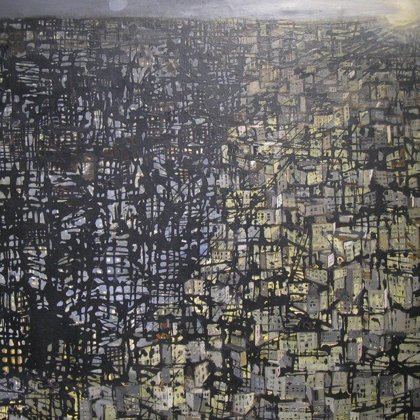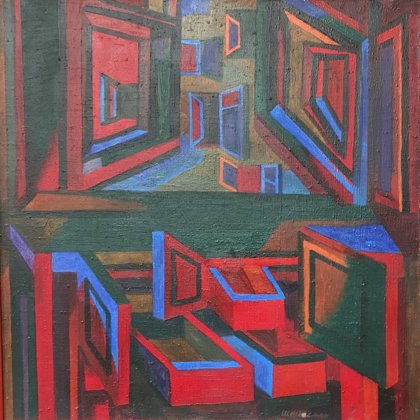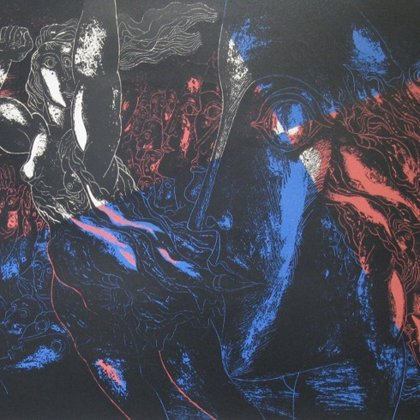Simon Shegelman's Anniversary Exhibition
September/October, 2018
In June of this year, the former artist from Riga Simon Shegelman turned 85 years old. Once his name adorned the artistic palette of Riga, but for 43 years now he lives and successfully works in Canada. Simon is alive, healthy and full of creative spirit. A year and a half ago he and his wife visited Riga. At the exhibition organized by the design gallery CREA, the works of Shegelman of his Riga period from private collections are presented.
The exhibition features several unique works that have never been exhibited before, for example, a still-life made by markers during the period when markers just only appeared in Riga.
For the first time the paintings "Eternal City" and "Fishermen on a boat" will be seen. This picture has an interesting history - it was exhibited only once in the Moscow Manezh at the All-Union Exhibition of Young Soviet Artists. But there was a scandal when one of the critics noticed that the fisherman in the background is pissing. In addition, you will see five works from his most tragic, graphic series "To Mother's Memory" - the entire series was exhibited at the last personal exhibition of Shegelman in Riga in the House of Artists in 1975. The exhibition was suddenly closed 10 days later, as explained, because of the too "gloomy" mood of these works. After that, Simon Shegelman decided to emigrate with his family from the USSR.
It is important to note that in Canada the artist did not return to the graphic, focusing exclusively on painting.
Biography
Simon Shegelman was born in 1933, on the 14th of June in Bobruisk, Belarus. In 1941, when the war started, he fled with his mother and sisters to Mordovia in the Urals. The father went to the front as a volunteer in the very first days of the war, he found the family only in 1944. The Shegelman family returned home in Bobruisk in 1945. And in the fifties Simon moved to Riga to his older sister and here he entered the Academy of Arts, graphic arts department. In 1958 he graduated from the Academy. In 1959 he became a member of the Artists' Union of Latvia. He worked a lot, looking for his own themes and techniques. In addition to traditional graphic techniques, he developed one of the progressive techniques - serigraphy. In this technique he created the most famous of his works, making a great impact on his contemporaries and followers. However, he did not limit himself to fine art: the artist worked a lot and successfully also in the interior design field in Riga Combine of Decorative and Applied Art "Māksla". It was there that he created several famous interiors in Riga, in Russia, and in Ukraine.
Personal exhibitions
Riga, 1975 (The exhibition was prematurely closed due political reasons, which was also the reason for the emigration of the artist). Riga, 1995, 2003, 2010 (Guntis Belevics collection), Jurmala, 1990; Italy, 1976; Rome, 1976, 1993; Sorento, 1994; Canada, 1976, 1979; Monreal, 1976, 1981, 1982; Ottava, 1986; Toronto, 1990; New York, 1979; Los Angeles, 1990; London, 1993; Berlin, 1998.
